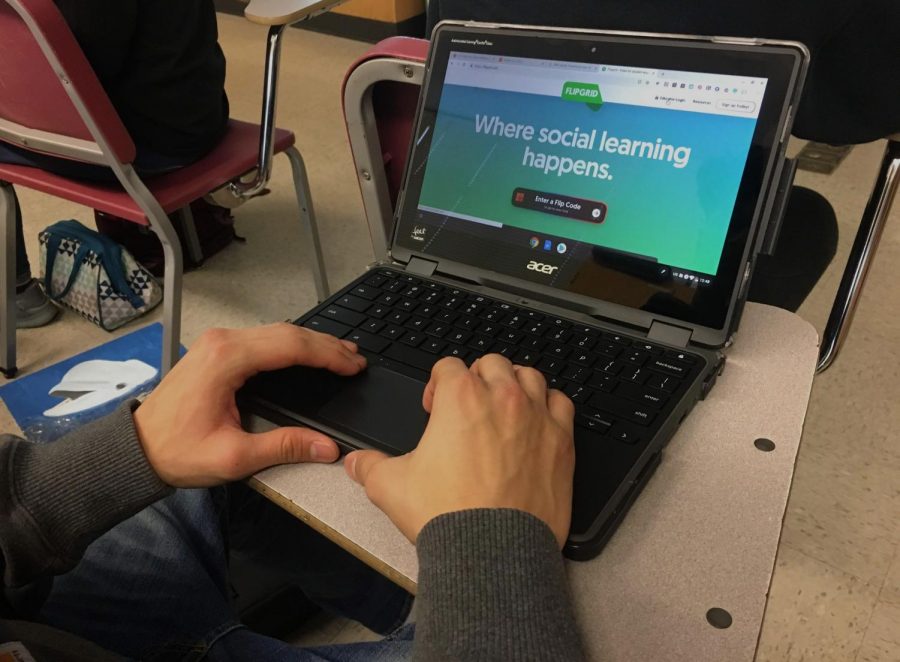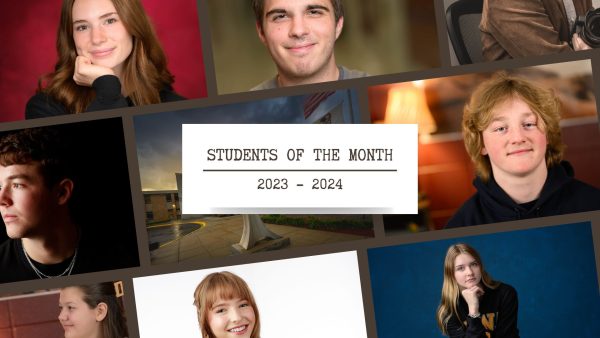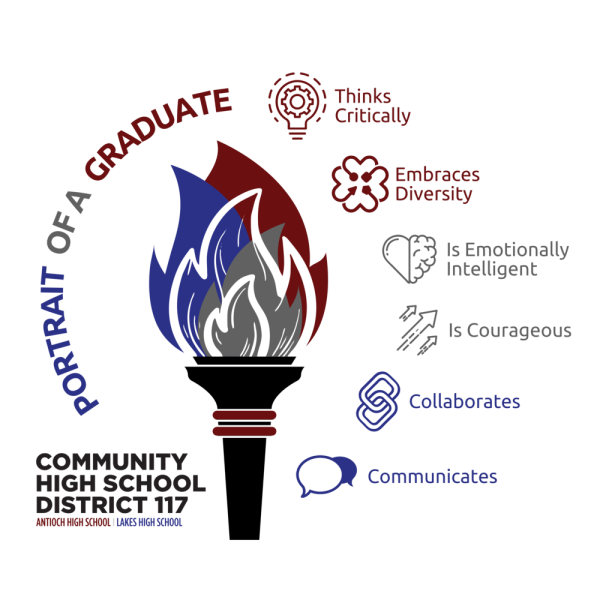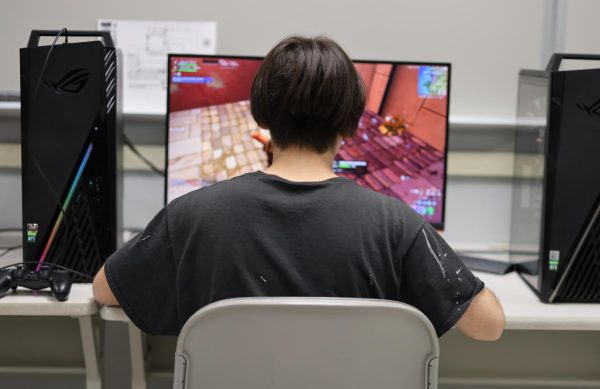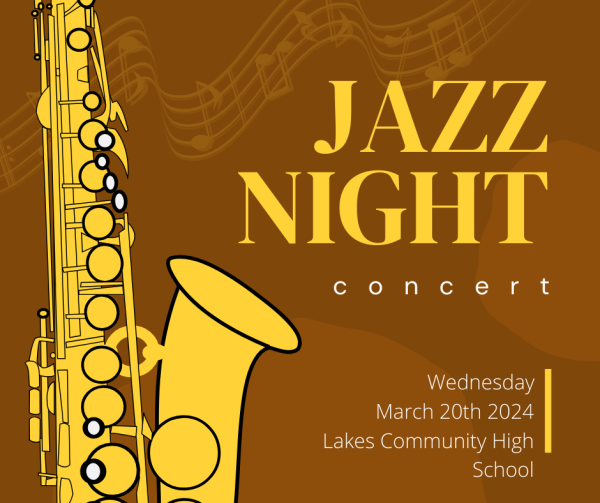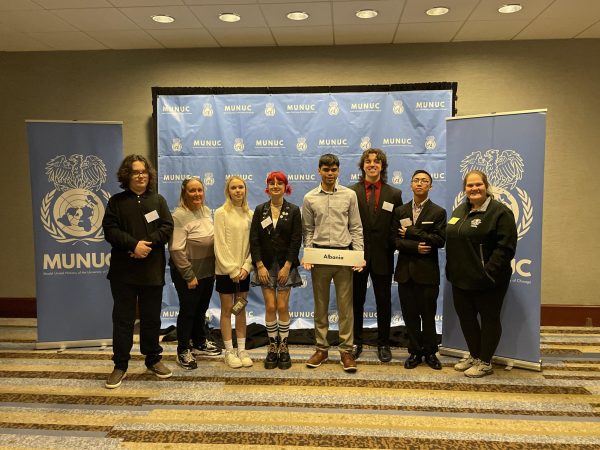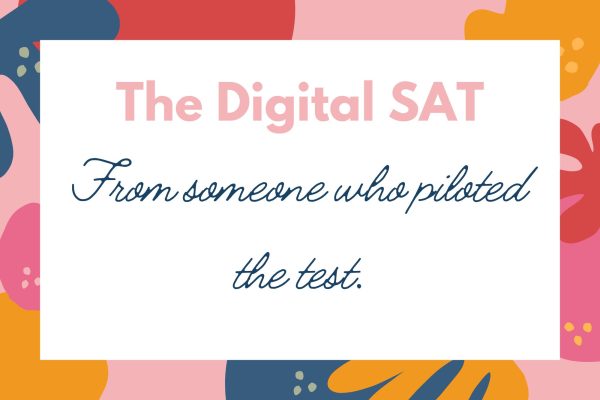Improving In-School Communication
Teachers are starting to use more technical ways to communicate with students.
With the addition of one-on-one Chromebooks, teachers have found new ways of classroom communication. While Google Classroom is the most common connection application, teachers sprinkle in other ways to complete activities or work. A notable application used is Flipgrid, a video-making software for schools. Sophomore Chloe Hampson likes projects with Flipgrid because it is an easy program to use.
“It’s sometimes easier instead of having to present and having to remember everything,” Hampson said. “You can do it as many times you want to until you think it is perfect.”
Teachers use Flipgrid for a variety of reasons, one of the primary reasons is to demonstrate skills in a practical situation. Spanish teacher Rachel Morales uses the application as a way to practice Spanish with students and see how well they retain the material.
“It practiced multiple skills, not just speaking, but then students had to watch other videos in which they were practicing their listening skills and then they had to comment or create a feedback on the video,” Morales said. “So in just one activity, we practiced about three different skill sets.”
Another new piece of technology attempted was Discord in German teacher Chad Rusk’s classes. Rusk stated that he is working on providing Discord or the similar app Slack to students.
“I think that if we can take things from the gaming world and implemented it into education within a German class, you could have a little community,” Rusk said. “In that way, it helps a student use those functions and get help from people or just make other connections that you wouldn’t otherwise make.”
While Discord is not allowed in school for reasons of distraction, other groups use the similar application Slack to discuss and contribute ideas. Rusk thinks that Discord and Slack will work better than learning management systems like Google Classroom.
“If we can figure out a way of securing Discord or Slack or something like that, I think that would work better than learning management systems,” Rusk said. “If you can get access to people easily and more often in the way that’s most comfortable, I think that’s how you can build relationships and go outside of your comfort level to get help.”
As time continues to progress for the certain applications used in schools, it is unknown which will continue to develop and dominate and which will flounder and fall off.


